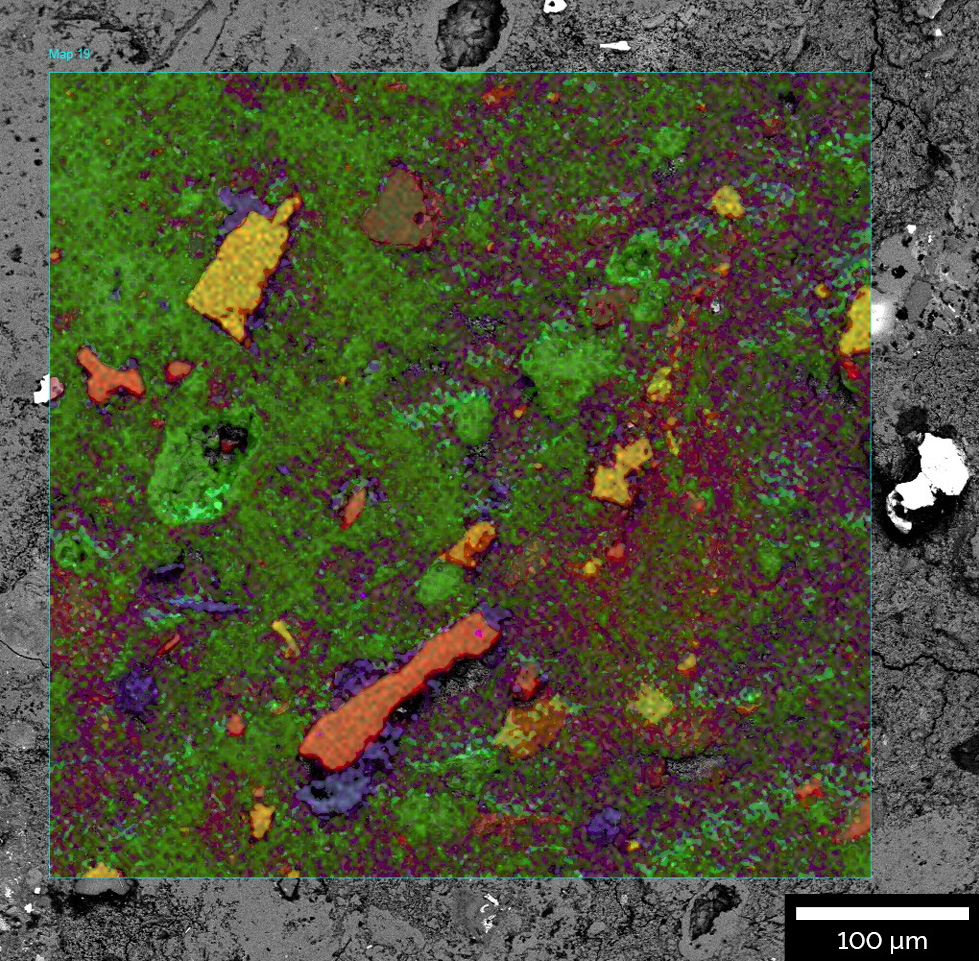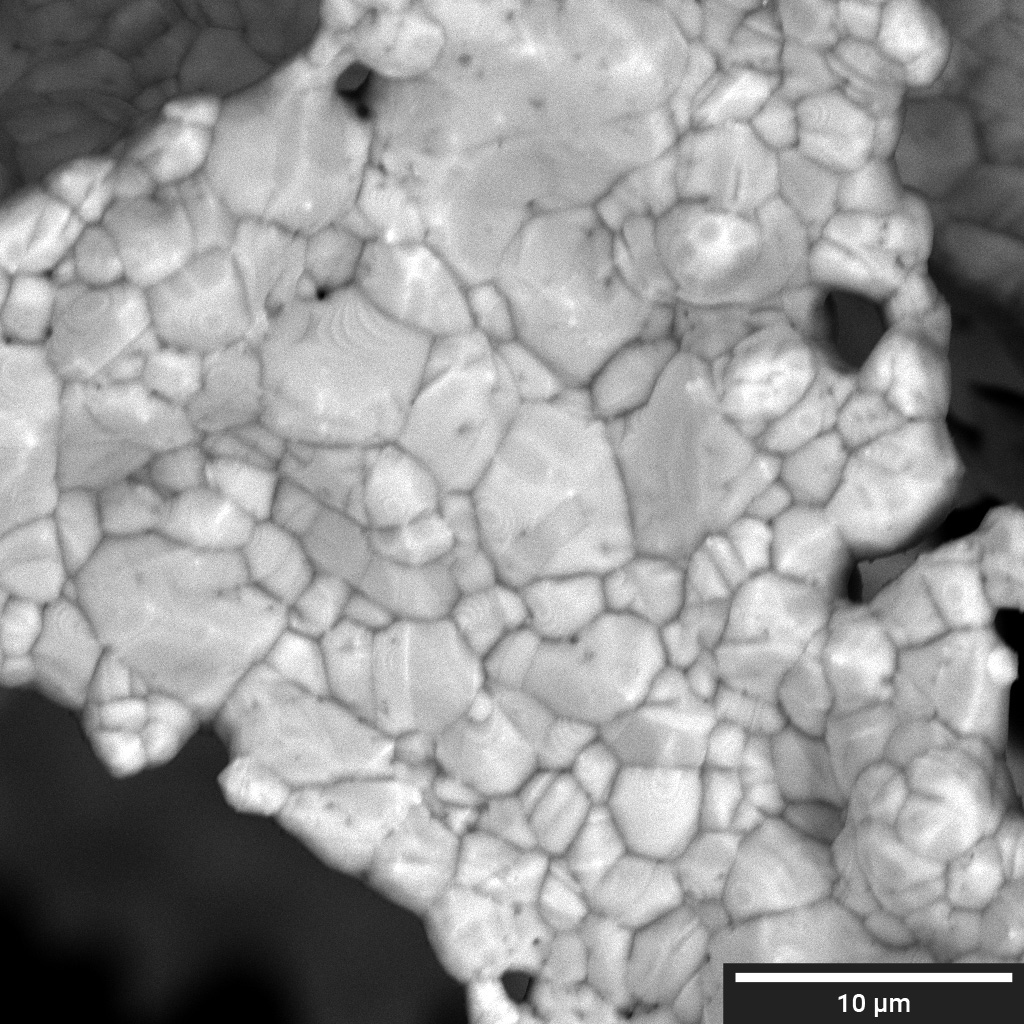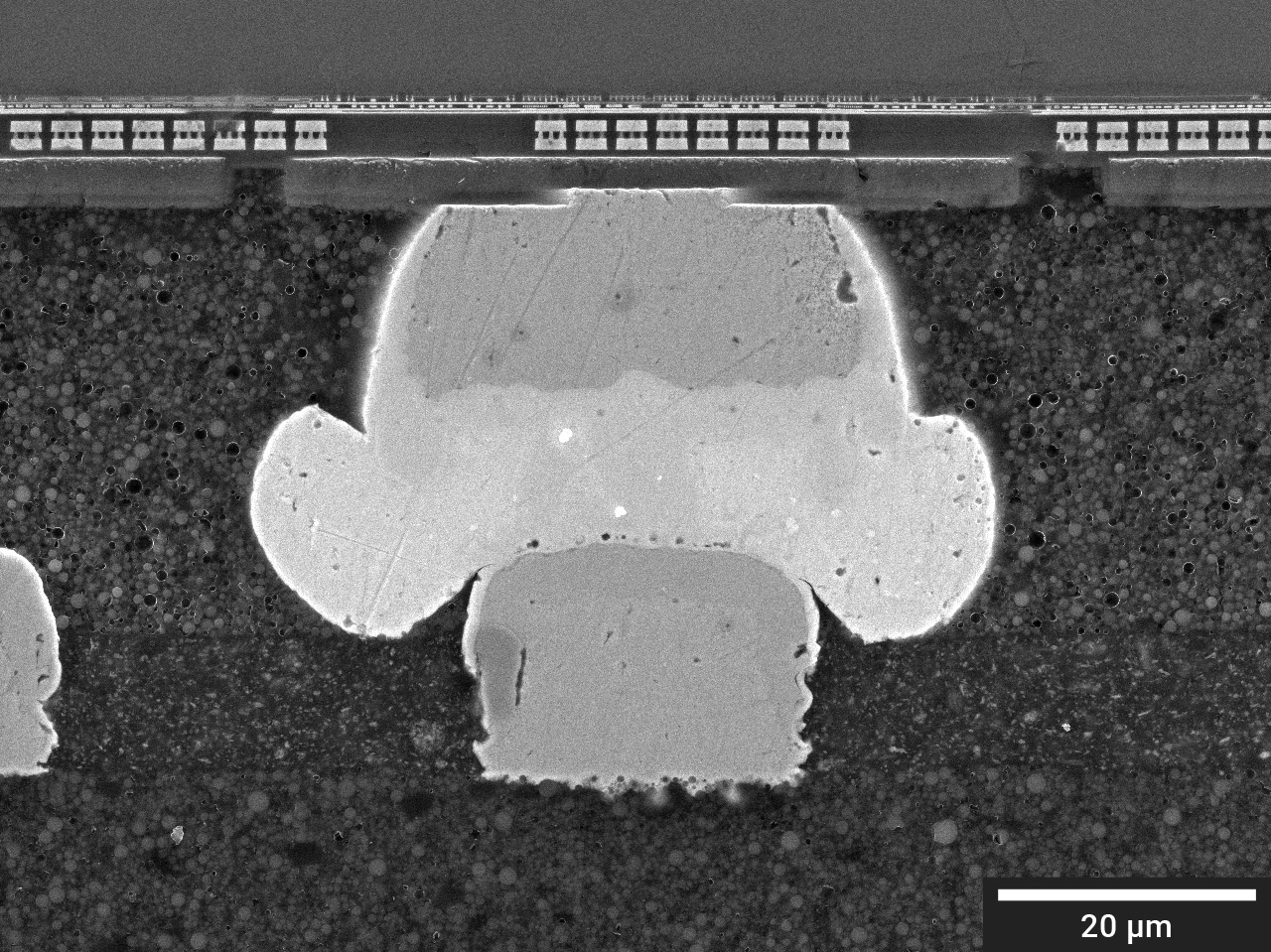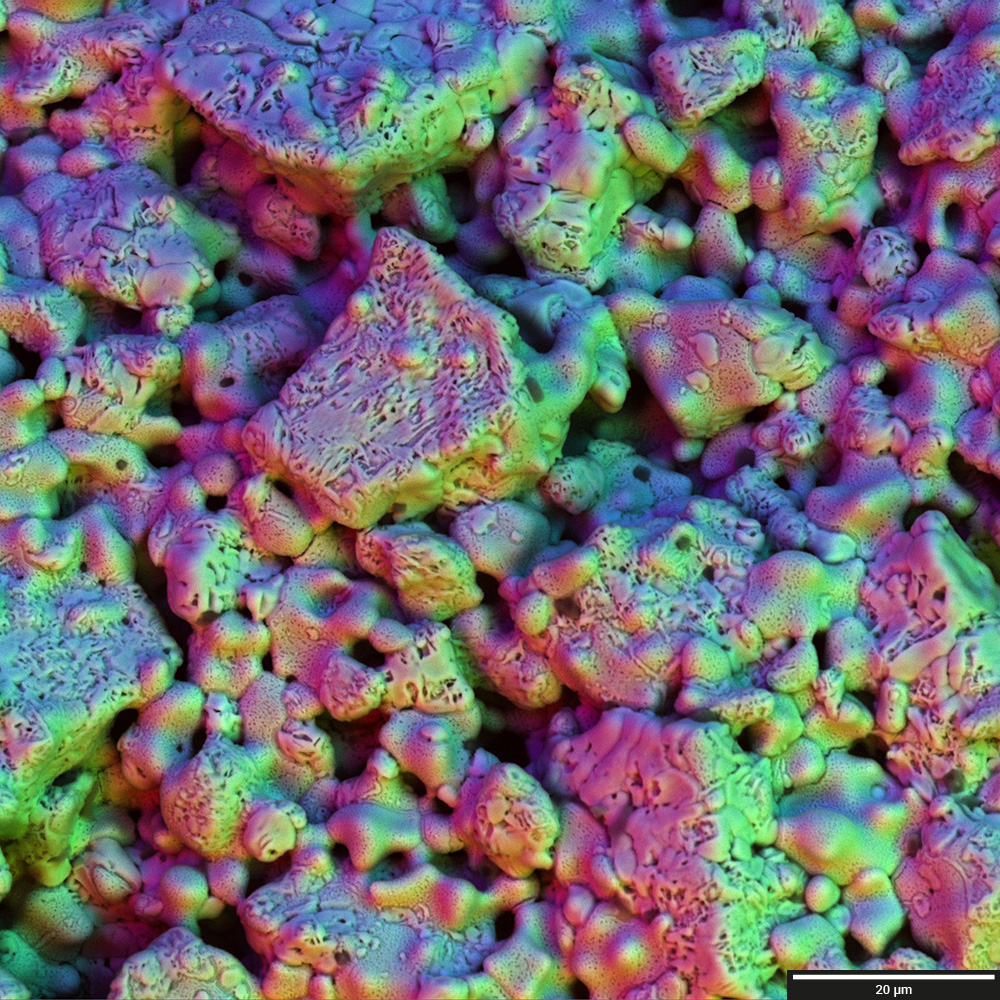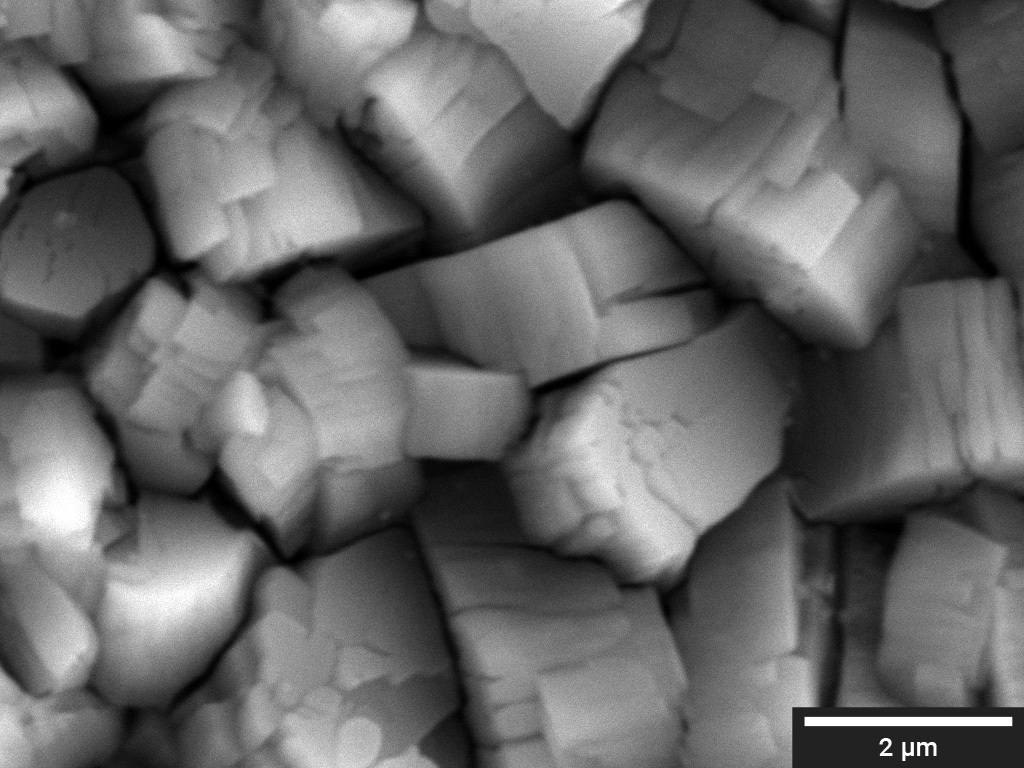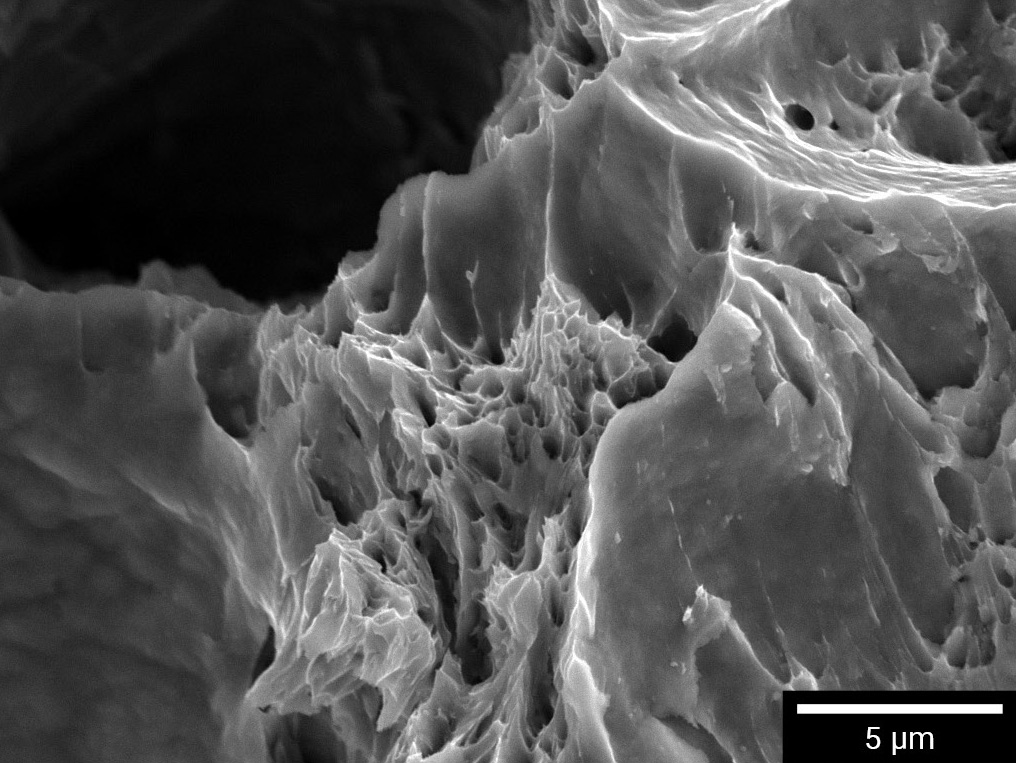TESCAN VEGA’s 4th generation Scanning Electron Microscope (SEM) with tungsten filament electron source combines SEM imaging and live elemental composition analysis in a single window of TESCAN’s Essence™ software. This combination significantly simplifies acquisition of both morphological and elemental data from the sample, making VEGA SEM an efficient analytical solution for routine materials inspection in quality control, failure analysis and research labs.
- Analytical platform featuring fully integrated TESCAN Essence™ EDS, which efficiently combines SEM imaging with elemental composition analysis in a single Essence™ software window.
- Optimum imaging and analytical conditions immediately available thanks to TESCAN’s unique apertureless optical design powered by In-flight Beam Tracing™.
- Effortless and precise SEM navigation on the sample at magnifications as low as 2× without the need for an additional optical navigation camera due to the unique Wide Field Optics™ design.
- SingleVac™ mode as a standard feature for observing charging and beam-sensitive samples.
- Intuitive and modular Essence™ software designed for effortless operation regardless of a user’s experience level.
- Ultimate safety of the chamber mounted detectors when the stage and sample are in motion is guaranteed with Essence™ 3D Collision model.
- Optional vacuum buffer significantly reduces vacuum rotary pump run-time to deliver both ecological and economic benefits.
- The modular analytical platform which can be optionally equipped with the widest selection of fully integrated detectors (e.g. CL, Water-cooled BSE or RAMAN spectrometer).
-
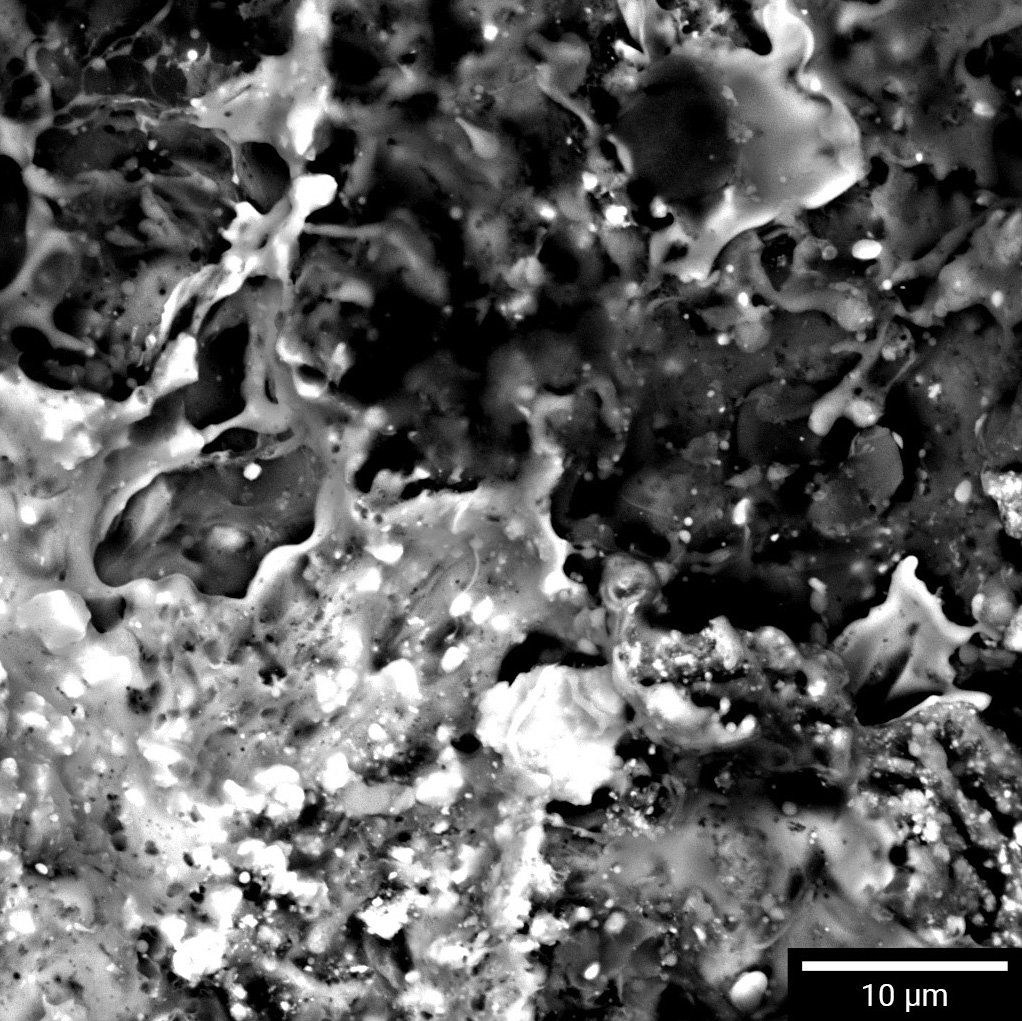
- Adhesion of the thermal-spray coating based on hard-particles mixed with metallic matrix imaged at 30 keV with BSE detector
-
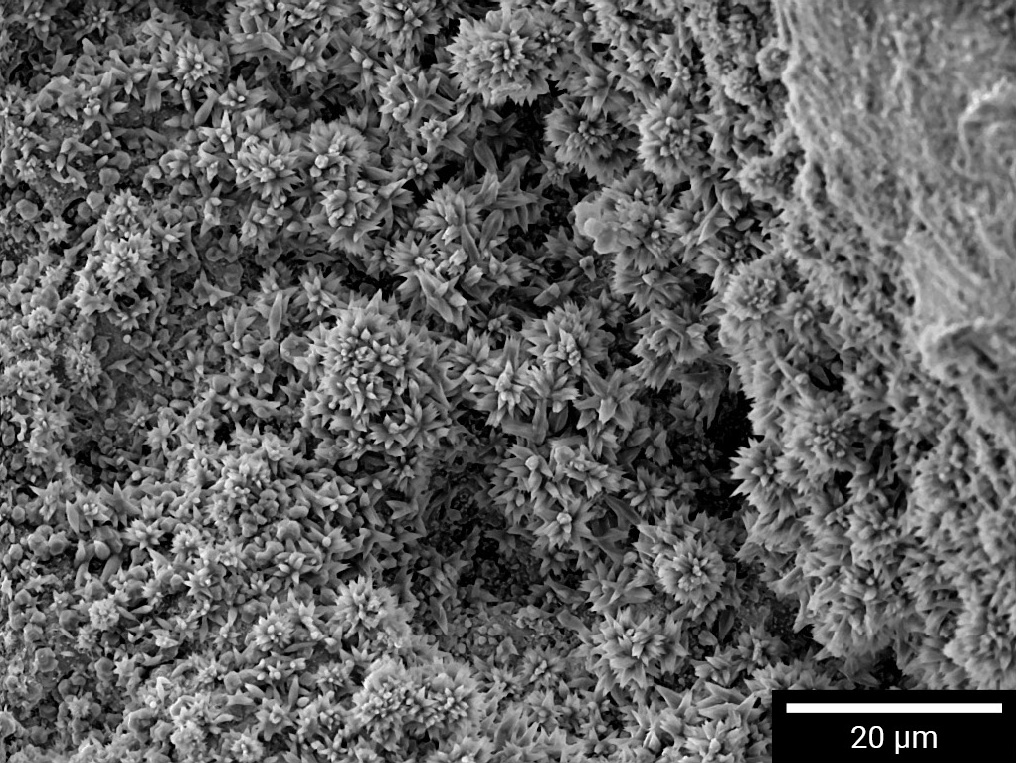
- Crystals which grew on the surface of the turbine-blade from Ni-base superalloy after the exposure to working conditions at high temperatures (imaged at 10 keV with SE detector)
-
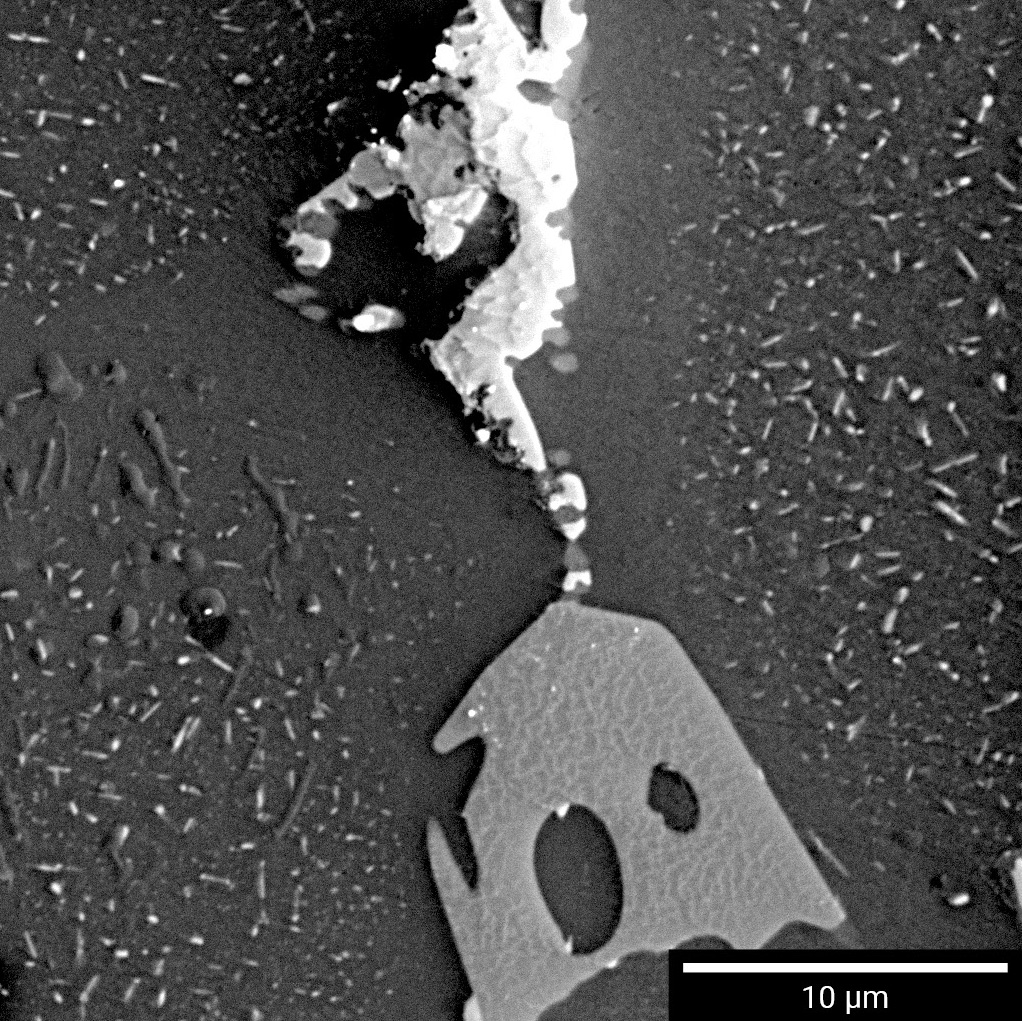
- The microstructure of AlCuPbMg alloy containing alpha phase-grains with visible Cu-rich precipitates imaged at 7 keV with BSE detector


